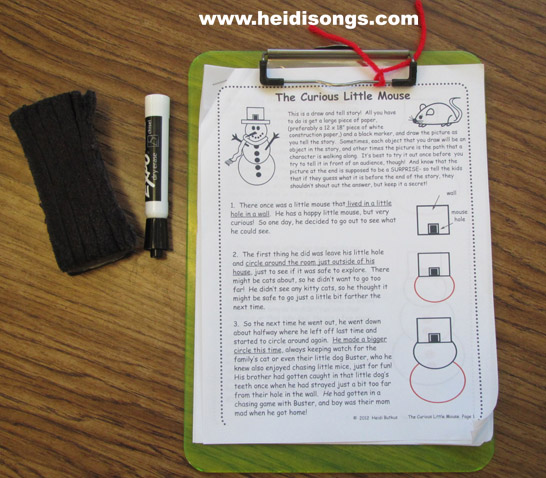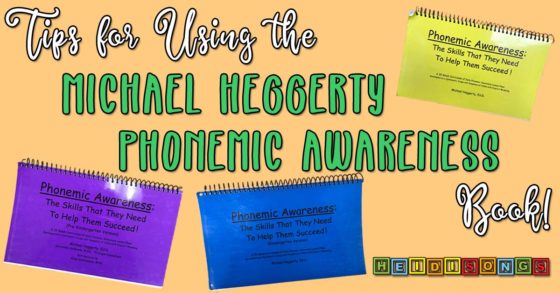Six Ways to Get the Very Best from Your Kids on TESTS
Have you heard the news? We've Moved to HeidiSongs.tv!
Our new website features an online video streaming service, updated blog posts at Heidisongs.blog, and a wealth of fresh resources designed to make learning even more fun and engaging.
You can also continue shopping for our educational products there and at our Teachers Pay Teachers store!
Head over to HeidiSongs.tv now and explore all the exciting new features.
See you there!
__________________________________________________________________________
Here are some techniques I have used this year to help my kids get the best scores they possibly can on every single test that they have to take.
Practice Tests are a MUST!
Even if your kids know every single concept that you've taught, the mere FORMAT of a test can throw them off. So try to get (or create!) a practice test that looks very much like the real one, but with different questions. Since giving your students a chance to practice doing test problems in the very same format that they will see them on the test can make or break the test results, this needs to be your TOP PRIORITY as testing time approaches!
Last spring when my first graders were ready to take the district math tests on missing addend and related facts, I knew that they would probably be thrown off by the format of the tests if I just gave it to them "cold." So I went home and created a very simple version of the same test but with different numbers. Once I had created it, I just changed the numbers and saved it again under a different name so that they would have more than one chance to practice.
Spread Out the Tests into Smaller Chunks
Try not to leave all your tests to the very last minute! It is important not to exhaust the kids with too many of them all at the same time. Spread them out as much as possible. If your district gives you a testing window in which to do your testing, then make sure you begin on day one and spread all of the tests out throughout the entire testing window. If you push the kids too hard and too long, they will get tired and won't perform as well as they might have otherwise.
Increase the Size of the Print on Computerized Tests for Kids with Vision Issues
Don't forget that some children can struggle just to see the print, and that is true whether you are using paper or a screen! I recently discovered that even during the STAR test, I was able to increase the size of the print on the screen for a child that was struggling by holding down the control and the shift key together, and then pressing the + key as many times as needed to zoom in until the print is a comfortable size. When I did this for one student, he immediately said, "OH! That is SO MUCH BETTER!" I was surely glad I thought of it! :)
If your district requires you to do all of your testing within a certain testing window of dates, you may want to save a chapter review worksheet or two from your math or language arts workbooks in order to help your kids remember what you were working on a couple of weeks or months ago! So rather than try to do every single worksheet in the measurement chapter or the counting coins chapter, just save a few of them to do right before you give that test. You'll be glad you did!
Do you teach with music? If you have been reading my blog for more than a few weeks, you probably know that I sure do! So if there is a song that relates to the concept we are testing on, we ALWAYS sing it before we test as a review- of course! And furthermore, last I heard, there was no moratorium against humming during a test either! ;)
Here's a video from our animated Musical Math Vol 1 DVD!
If You Suspect A Child is Simply Not Trying, Have Him Read the Test Aloud
Occasionally, you may have a child that simply does not want to take a test and answers anything at all in order to just get it over with! You can hardly blame the children sometimes, considering how young they are and what they are asked to do. This seems to happen quite a bit with the first and second graders at my school when they take the Star Math or Reading Tests because they are 34 questions long and tend to take 25-30 minutes- much longer than their attention spans! The more immature they are and the harder they perceive the test to be, the more likely it is that they will just click on anything at all and "throw" the test.
- Heidi
----------------------------------
Follow me! Did you enjoy this post? Do me a favor and share it with your friends! And follow this blog by signing up for my email updates here, or follow on Bloglovin', or follow me on TPT! I'm also on Pinterest, Facebook, Twitter, Instagram, Google+ and YouTube, too! Don't forget to sign up for our email newsletter for special deals and promo codes that you won't find out about anywhere else.

















